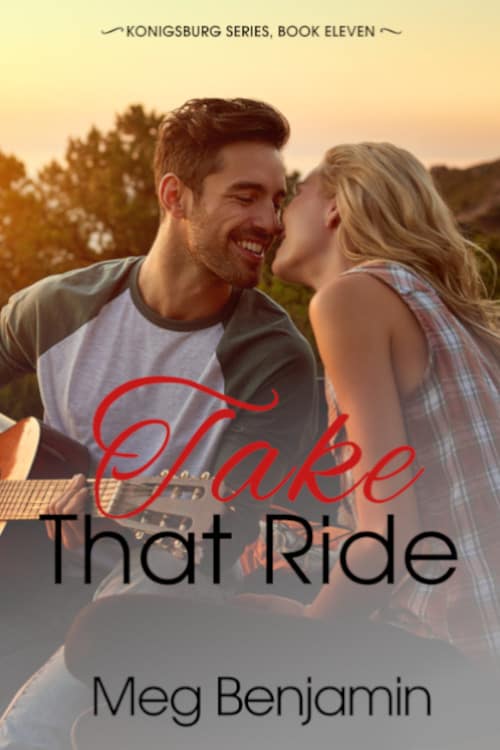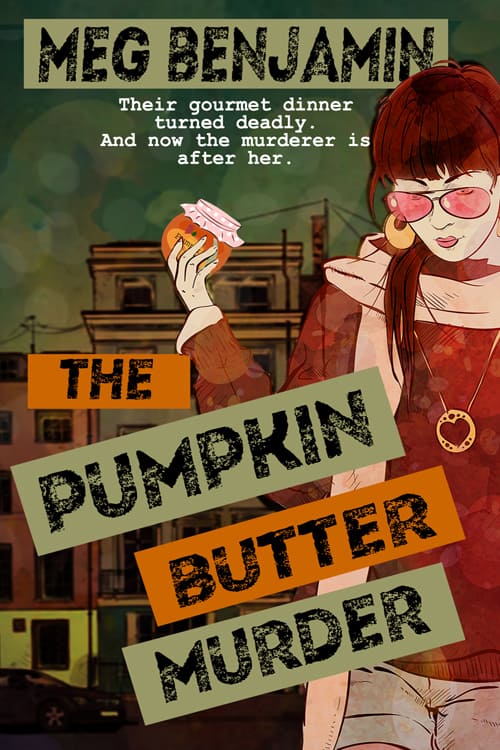Not Doing Sex
 In my last post I talked about the trials and pleasures of writing sex scenes in historical romances, and in my introduction I said that all romance novels have sex scenes. Of course, that isn’t actually the case. So consider this post a sort of footnote to the last one.
In my last post I talked about the trials and pleasures of writing sex scenes in historical romances, and in my introduction I said that all romance novels have sex scenes. Of course, that isn’t actually the case. So consider this post a sort of footnote to the last one.
Some romance novels don’t include sex scenes. In fact, some romance novels don’t even include the hero and heroine holding hands. The amount of physical contact allowed between the two depends largely on the type of romance being written, ranging from only verbal affirmations of love through sexual practices that might make Christian Grey blush. At the less physical end of things you have two main categories: Inspirational Romance and Sweet Romance.
Inspirational romance novels include a religious/spiritual dimension and have very strict requirements for what can and can’t take place between hero and heroine, depending on the publisher. The target readers for these romances are religious conservatives who reject premarital sexual experience. Thus while these novels center on a love story (hey, it’s a romance), the hero and heroine usually don’t kiss. And they may have no physical contact at all. Their romance takes place at a respectful distance and it may involve a spiritual crisis.
Sweet romance maintains the no-sex rule while sidestepping the religious content. Hero and heroine will be attracted to each other, and according to the rules of the publisher or the author, they may share a few chaste kisses. But there will be no bedroom scenes.
Another grouping here is less a formal category like inspirational and more a set of practices. Let’s call them the closed bedroom door books. Here the hero and heroine have sex but that sex isn’t described. We see the afterglow but not the main event, as it were. Cozy mysteries frequently fall into this category—the heroine in Donna Andrews mysteries definitely gets it on with her leading man husband, but their trysts happen off stage. The focus here is more on the mystery than the relationship.
All these categories have clear conventions and an equally clear target audience, but some readers may move back and forth. I don’t usually read inspirationals, for example, but I read cozy mysteries frequently, and I’m guessing some of my readers also read books where the bedroom door is firmly closed.
Which leads me to one final category, so-called “clean” romance. This isn’t exactly an “official” category—you won’t find it in RWA, for example, and a recent dustup in RWA Professional Authors Network shows that I’m not the only author who dislikes the terminology. But some writers and some publishers use it to describe themselves. As far as I can tell, “clean” romance is another name for sweet romance, and of the two I (and most other mainstream authors) much prefer the latter. Neither sweet romance nor inspirational romance have pejorative implications. “Clean” romance most definitely does. By this standard, those of us who include sex scenes write “dirty” romance or, even worse, “unclean” romance. That’s not only pejorative, it’s more than a little annoying. My reaction to this is pretty straightforward: bullshit. Some “clean” writers have argued that the opposite of “clean” is “steamy”, but that’s pretty clearly inaccurate. The opposite of “steamy” is “cold.” If the “clean” writers want to rebrand themselves as writing cold romance, that’s fine with me.
When you consider how much crap the romance community puts up with anyway—the constant putdowns from male critics, the implication that romance is somehow more trashy than other genres of popular fiction, the sneers directed at romance readers who supposedly can’t tell the difference between reality and fiction—it’s particularly annoying to have romance writers themselves taking shots at each other. Sweet romance and inspirational romance both have well-defined audiences, as do the rest of us, but we’re all part of the same genre. More power to us.
Posted in Blog, On Writing • | 1 Comment







This is so true! I never really thought about the use of “clean” rather than “sweet” to describe romance, but I’ll definitely be more careful about it in the future. Personally, I read all types except for Inspirational, but I do have a slight preference for less actual sex and more character and plot development. The best thing about romance is that we can all find what we want now that there are so many different types of romances available.